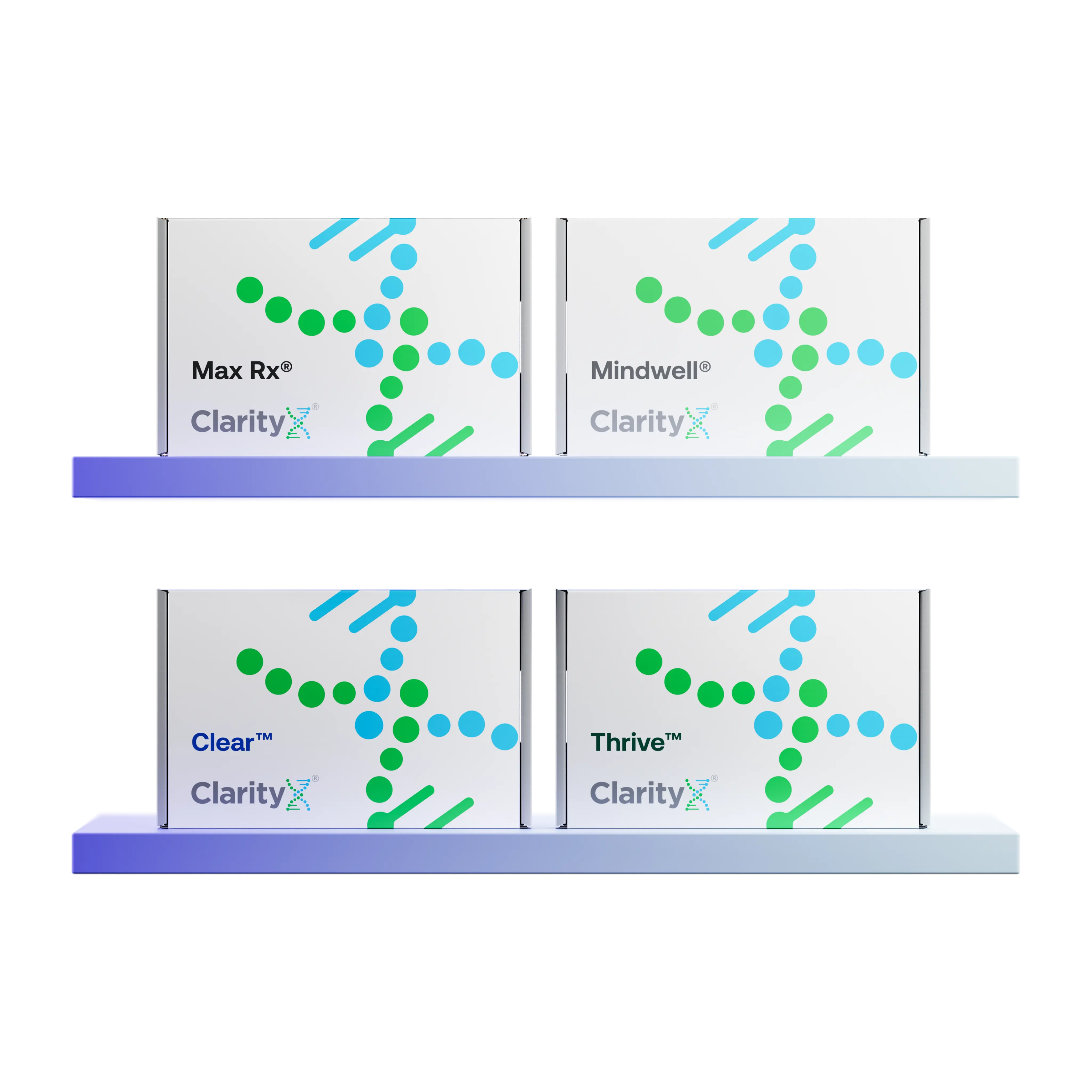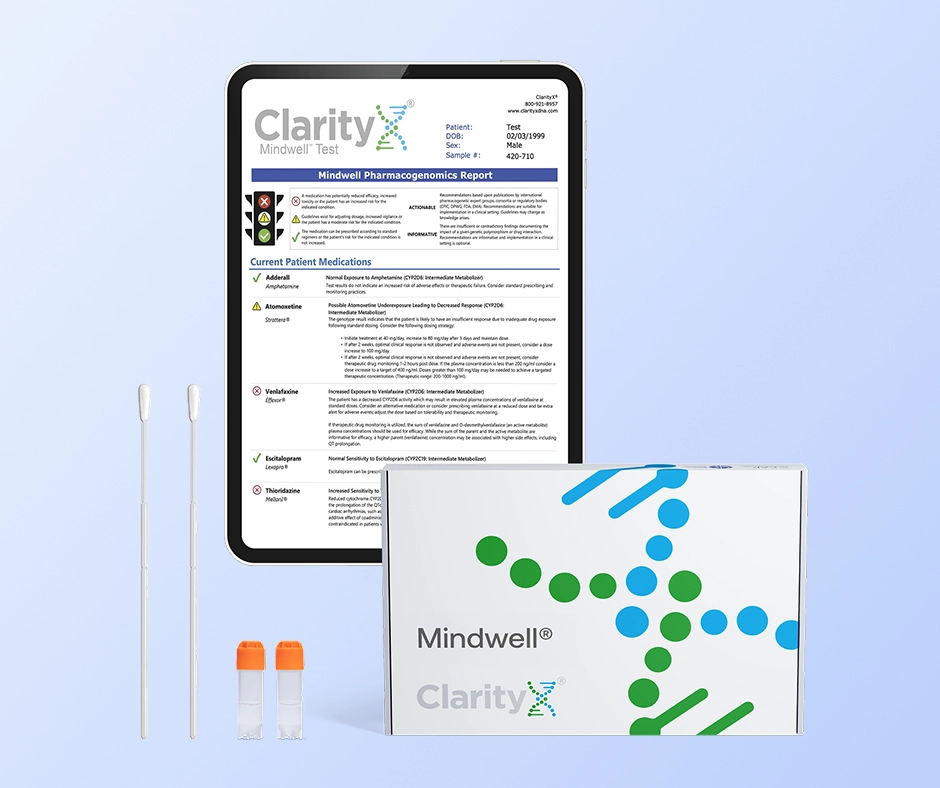As clinicians, we are all too familiar with the conversation: a patient, started on a first-line agent, returns in two weeks complaining of debilitating nausea, brain fog, or insomnia. The medication so effective in clinical trials has failed, not because of its mechanism, but because of its side effects. This often leads to the patient being labeled "non-adherent" or "overly sensitive."
The reality is that these adverse drug reactions (ADRs) are a primary driver of therapeutic failure and cost the U.S. healthcare system billions annually. For decades, the best tool we had to manage this uncertainty was the "start low, go slow" heuristic.
But what if a patient's "side effect profile" wasn't random ? What if it was a predictable, genetically determined mismatch between a standard dose and their body's unique metabolic capacity?
This is the power of pharmacogenetic (PGx) testing. It provides the objective data needed to decode this profile, allowing us to move from reacting to ADRs to proactively preventing them.
The Root Cause of Most ADRs: A Metabolic Mismatch
The majority of common medications are processed by the Cytochrome P450 (CYP450) enzyme system. Genetic variations in the genes that code for these enzymes such as CYP2D6, CYP2C19, and CYP3A4 can dramatically alter their efficiency, placing patients into distinct phenotypes:
- Poor Metabolizers: These patients have little to no enzyme function. A standard dose is not cleared effectively, causing the drug to accumulate to toxic concentrations. This is the primary mechanism for many ADRs.
- Intermediate Metabolizers: These patients have reduced enzyme function, placing them at an elevated risk for side effects, especially at higher doses or when co-prescribed an inhibitor.
- Normal Metabolizers: This is the "average" patient that standard dosing is based on.
- Ultra-Rapid Metabolizers: These patients have overactive enzymes, clearing a drug so quickly it often never reaches a therapeutic level, leading to treatment failure.
The most common, frustrating, and dangerous side effects are often a direct result of a standard dose being prescribed to a Poor Metabolizer.
Clinical Scenario: When a Standard Dose Becomes a Toxic Dose
Consider a 45-year-old female patient presenting with new-onset generalized anxiety disorder. You prescribe a standard starting dose of paroxetine (Paxil).
- The Unknown Variable: The patient is unknowingly a CYP2D6 Poor Metabolizer.
- The Clinical Consequence: Two weeks later, the patient calls your office to stop the medication, reporting extreme drowsiness, agitation, and nausea. She is now discouraged and hesitant to try another "SSRI." The issue wasn't the drug class; it was a dose that was functionally an overdose for her specific genetic profile.
- The PGx-Informed Strategy: A ClarityX Mindwell® report would have identified this patient as a CYP2D6 Poor Metabolizer before the first dose. The report, referencing clinical guidelines from the Clinical Pharmacogenetics Implementation Consortium (CPIC), would provide a clear recommendation: "Consider a 50% reduction in the standard starting dose" or "Select an alternative (e.g., an SSRI not metabolized by CYP2D6)."
This single data point transforms the entire clinical encounter, enhancing patient safety, building trust, and dramatically increasing the odds of a successful first-line treatment.
Beyond Metabolism: A More Comprehensive View of Patient Risk
A patient's risk profile isn't just about metabolism (pharmacokinetics). A truly comprehensive PGx panel must also analyze pharmacodynamic (PD) genes (the drug's targets) and other critical safety genes.
This is a key differentiator for ClarityX. Because our panels are not restricted by insurance reimbursement guidelines, we can include a wider array of clinically relevant genes that legacy tests often omit.
- Critical Safety Genes (e.g., HLA-B, HLA-A): For a patient being prescribed carbamazepine, knowing their HLA-B*1502 or HLA-A*3101 status is not just helpful it's a critical risk-mitigation tool. These gene variants are associated with a significantly increased risk of severe, life-threatening reactions like Stevens-Johnson Syndrome (SJS). A PGx test that omits these genes is missing a major component of proactive safety.
- Pharmacodynamic Genes (e.g., HTR2C): A common ADR for atypical antipsychotics like olanzapine is significant drug-induced weight gain, which leads to non-adherence and long-term metabolic disease. Variations in the HTR2C gene (a serotonin receptor) have been strongly linked to this specific side effect. Knowing this allows a clinician to either choose an alternative agent or implement a proactive weight management strategy from day one.
- Prodrug Therapeutic Failure (e.g., Codeine): Finally, there is the ADR of no effect at all. Codeine is a prodrug that requires the CYP2D6 enzyme to be converted into its active form, morphine. For a CYP2D6 Poor Metabolizer, codeine provides zero pain relief. This is a predictable therapeutic failure that a comprehensive PGx test can prevent.
The New Standard: Proactive, Data-Driven Prescribing
The "side effect profile" is no longer an unavoidable list of risks; it is a decoded, predictable, and manageable part of a patient's genetic profile.
By integrating a comprehensive ClarityX MaxRx® test into your workflow, you are not replacing your clinical judgment, you are augmenting it. You are adding a new, critical layer of objective data that allows you to de-risk your prescribing, enhance patient safety, and dramatically improve the efficiency and efficacy of your treatment plans.






